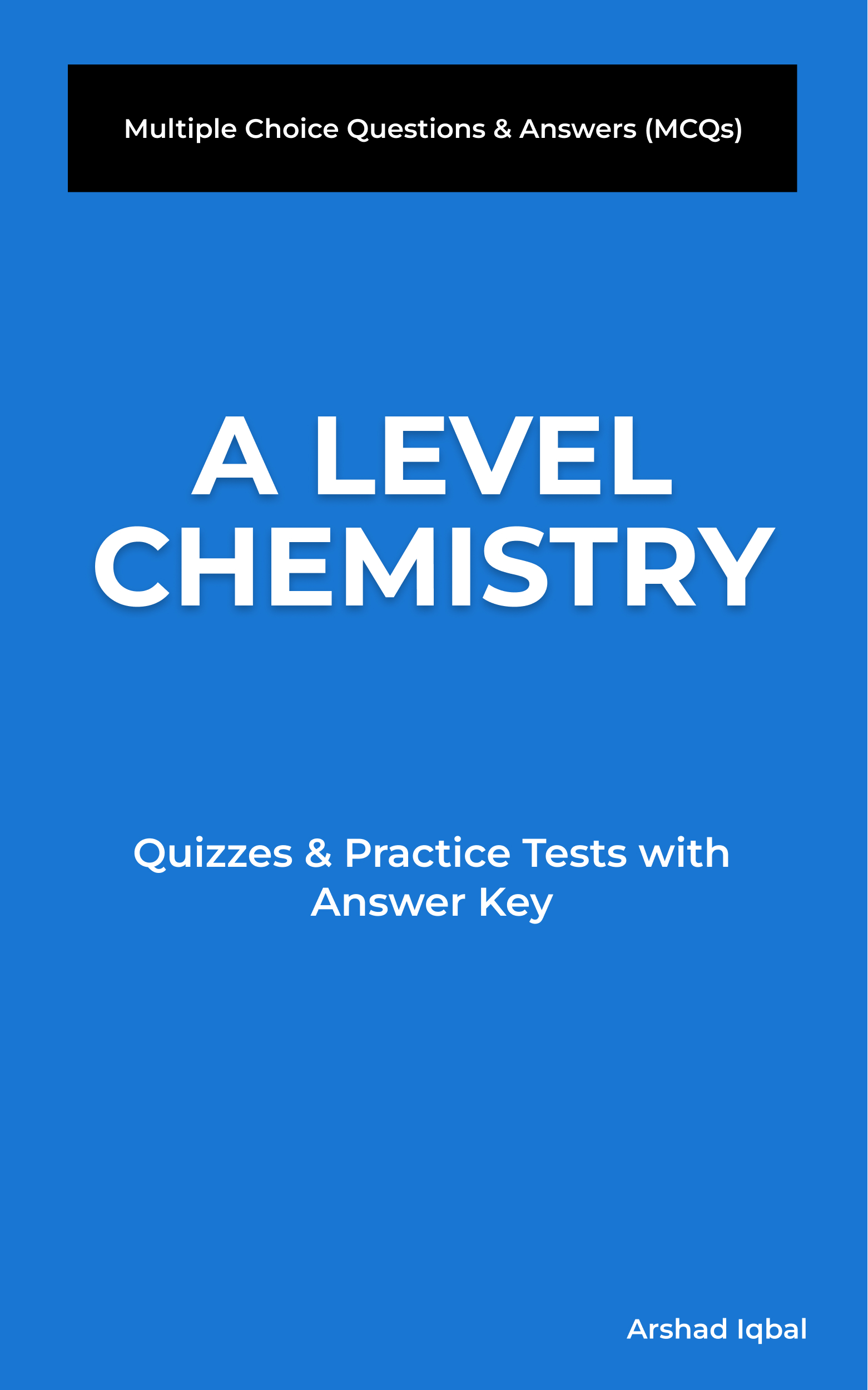GCE A Level Chemistry Mock Tests for Competitive Exams
GCE A Level Chemistry Quiz Questions and Answers PDF
The GCE A Level Chemistry Quiz Questions and Answers PDF (GCE Chemistry Quiz PDF e-Book) download to study gce chemistry online courses for entry tests and competitive exams. The GCE A Level Chemistry Quiz App Download: Free GCE Chemistry App to study Chemical Bonding, Introduction to Organic Chemistry, Reaction Kinetics, Ionic Equilibria, Periodicity, and many more chapters for distance learning. Free download "GCE A Level Chemistry" App (iOS & Android) with GCE A Level Chemistry Quizzes from GCE Chemistry textbook chapters as:
GCE A Level Chemistry Quiz: Questions and Answers PDF Download
Practice a complete course with topics GCE A Level Chemistry MCQ Questions Bank from GCE Chemistry textbooks and study notes. Following topics are related to GCE A Level Chemistry course with MCQ questions and answers for self-assessment as:
Free GCE A Level Chemistry Study App – Download for Android & iOS
The App: GCE A Level Chemistry Quiz App to study GCE A Level Chemistry Textbook Notes, A level Chemistry Quiz App, and 9th Grade Chemistry Quiz App. The "GCE A Level Chemistry Quiz" App to Free Download A level Chemistry Apps (iOS & Android) includes complete analytics with interactive assessments. Download App Store & Play Store learning Apps & enjoy 100% functionality with subscriptions!
